Diary Entry
After the week in Cuenca we head north again. Dusty’s stay in the workshop and the long overdue repairs should give us peace of mind for the future.
The mountains still resemble the Black Forest. It is green, forests and pastures alternate and there are many villages. Cows graze next to farms.
The confusing things are the agaves in between, forests of eucalyptus trees their typical smell and in the fields women farmers who look like the cholitas from La Paz.
Day 1 Without Breakdown
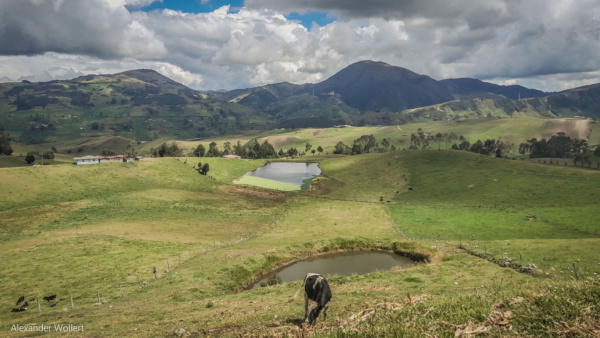





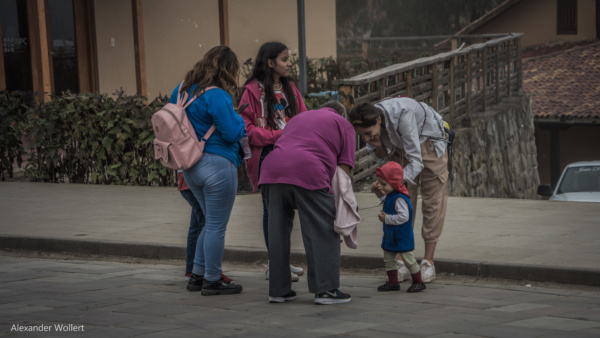

We come to Ingapirca, the most important Inca site in Ecuador. However, there are not many in Ecuador. It’s not Machu Picchu, but the site is still impressive.
Not only the Incas lived here and built their sun temple, but even before that the Cañari lived here. They worshiped the moon in a sanctuary. The two peoples fit well together astrologically and then lived together here until the Spaniards finally flattened everything in this place.


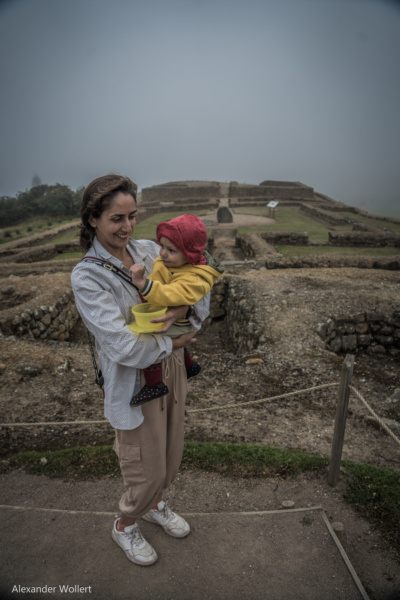
Wikipedia has a small, interesting excerpt about this relatively unexplored ruined city:
Ingapirca (Kichwa: Inka Pirka, “Inca wall”) is a town in Cañar Province, Ecuador, and the name of the older Inca ruins and archeological site nearby.[1][2]
These are the largest known Inca ruins in Ecuador.[3] The most significant building is the Temple of the Sun, an elliptically shaped building constructed around a large rock.
This area had long been settled by the Cañari indigenous people, who called it Hatun Cañar. As the Inca Empire expanded into southern Ecuador, the Inca Túpac Yupanqui encountered the Cañari “Hatun Cañar” tribe. He had difficulties in conquering them. He used different political strategies, marrying the Cañari princess and improving the Cañari city of Guapondelig, calling it Tumebamba or Pumapungo (present-day Cuenca)
Wikipedia: Ingapirca




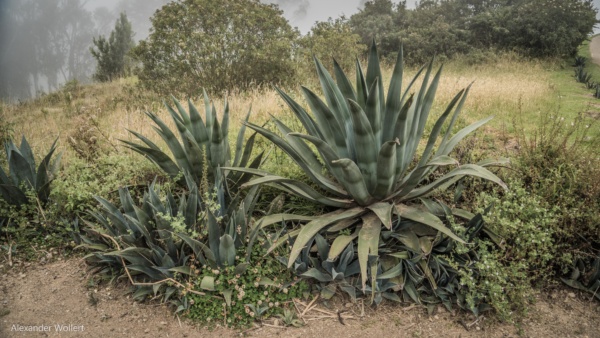
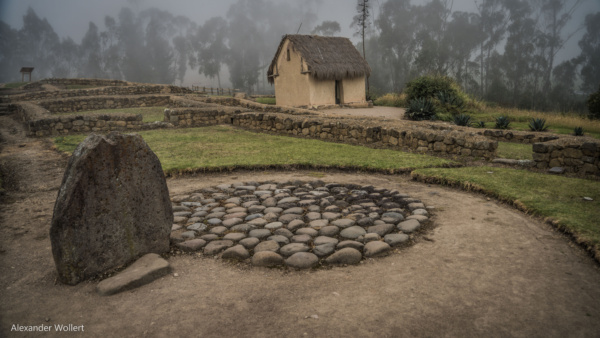



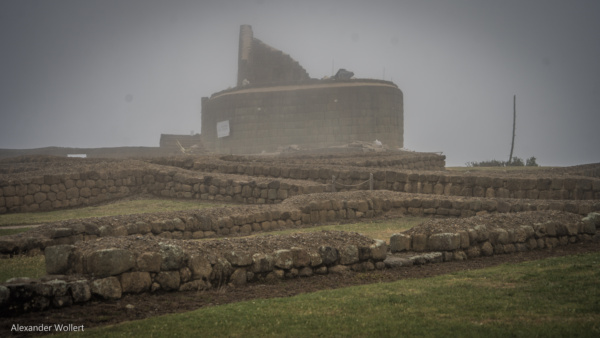



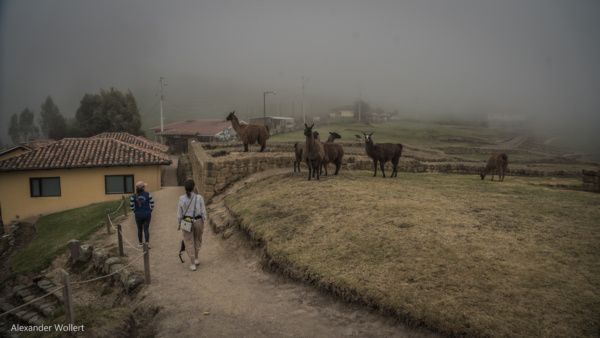

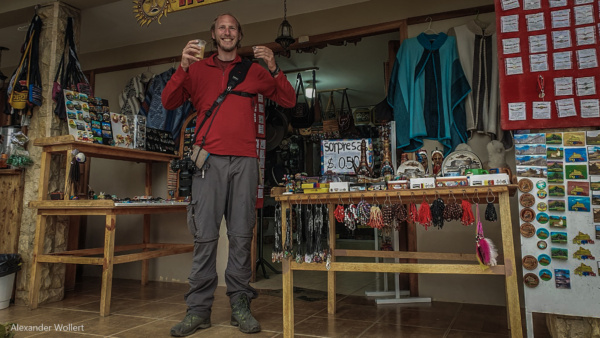

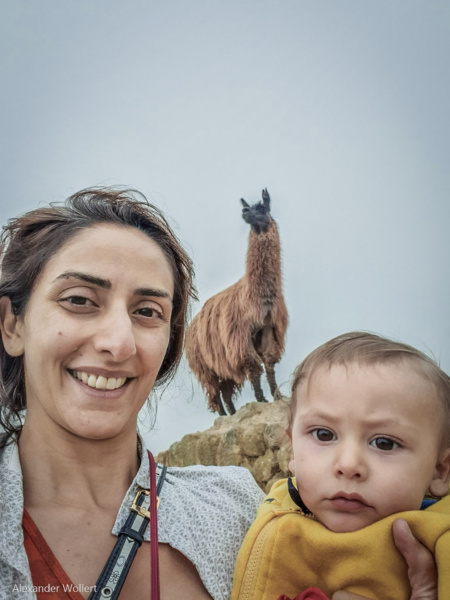

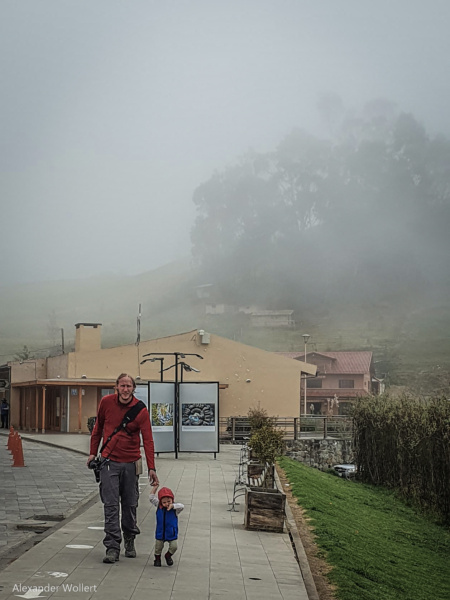



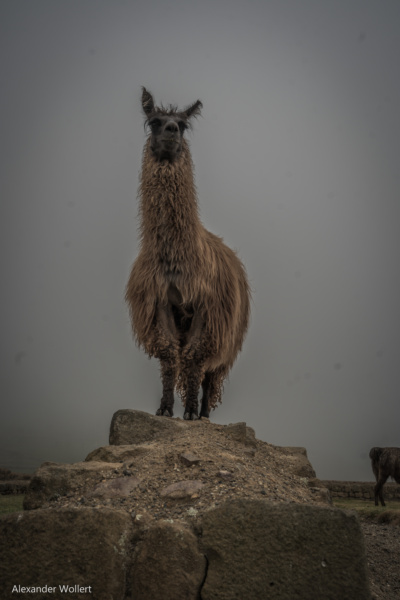
We see the scenery in a mystical atmosphere. After a sunny start to the day, clouds gather upon our arrival, shrouding the ancient city of the Incas and Cañari in mist. The place cannot be entered without a guide. But I am grateful for the explanations of our guide, without whom we would otherwise only have seen stones and dealt exclusively with the llamas grazing between the ruins and the agaves. No cows in sight.

When we get back to the car it starts to rain. It’s late and we’re staying the night. The security guards keep an eye on the museum and us, even unlocking the toilet in the middle of the night.








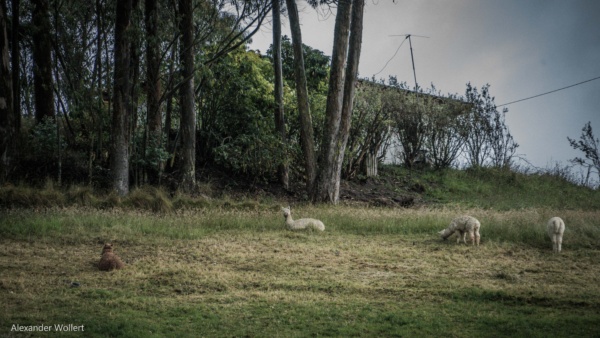



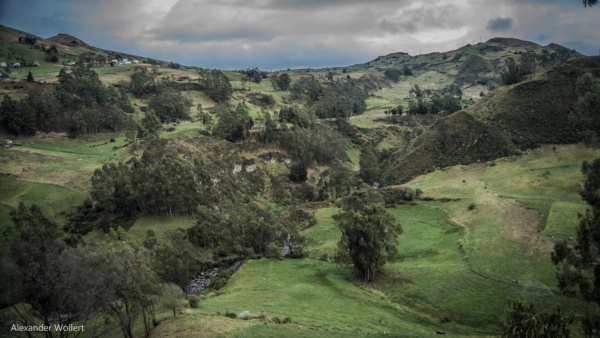





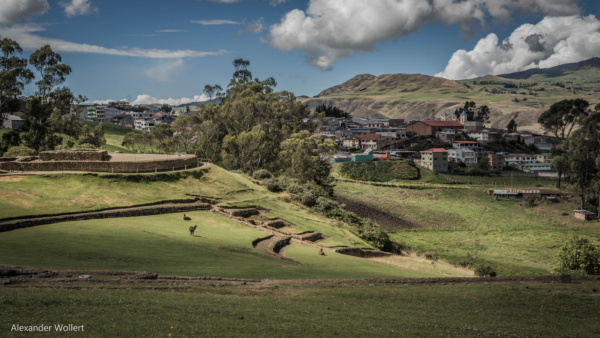

We were lucky. The next morning we learn that this place is currently only open on Sundays and Wednesdays due to a continuation of the excavations.
The two Americans who have just arrived on their motorcycles have to drive on without having achieved anything.
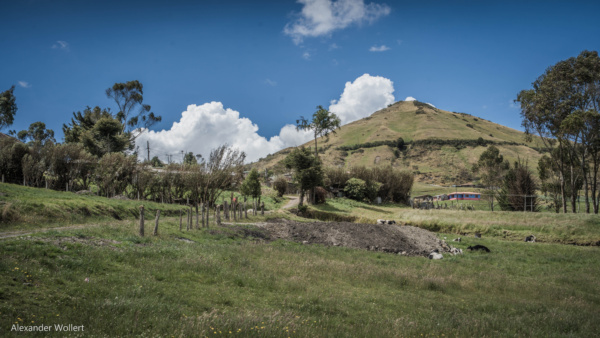

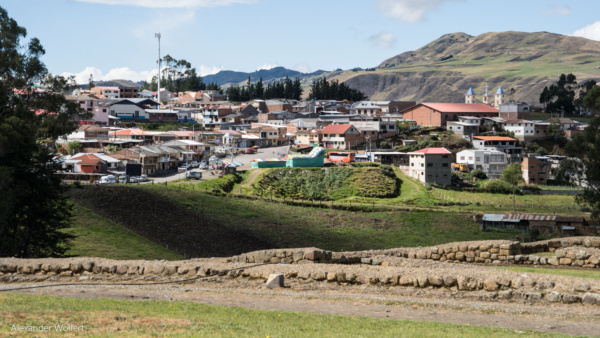

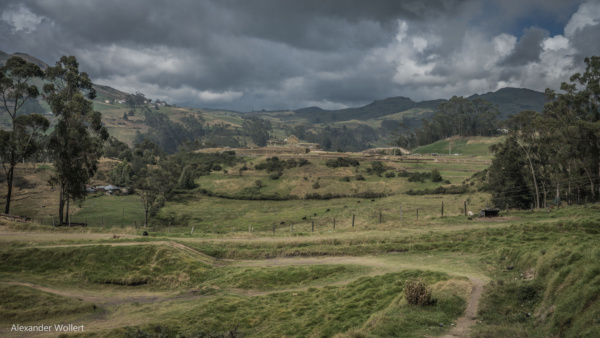
We can see Ingaparca again in the sunlight, then we continue. But after a short time the weather changes and we drive through the low clouds. You can not see anything. Not even a car in front of you and an oncoming vehicle only when it is in front of you.
The route is supposed to be very spectacular and we want to take a break at the Nariz del Diablo, the devil’s nose. But the devil has a cold and we drive on. In the afternoon we reach Alausi and spend the night in our cars on a street.
